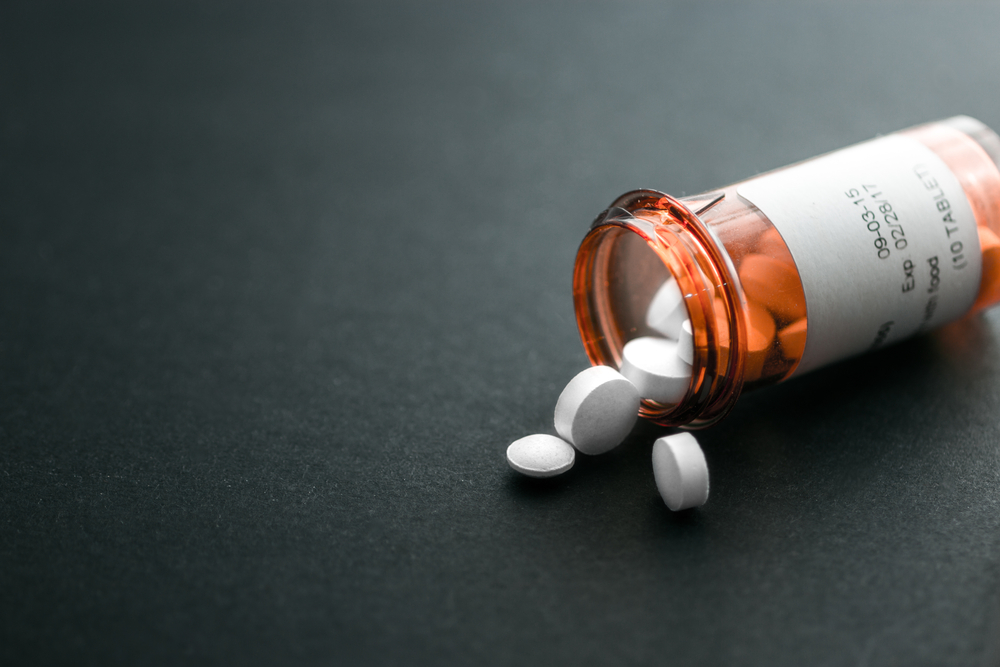Imagine yourself as a patient burdened with a chronic disease that necessitated daily medication adherence to function. Now imagine that medication has become so stigmatized by society that you feel judged and ashamed every time that you use it. That’s the world that individuals with opioid use disorder are forced to live in when they’re prescribed methadone or buprenorphine to get through the day. Without these medications, patients have over an 80 percent chance of relapsing to drug use, yet society proclaims that it’s just “substituting one drug for another”. This dangerous outlook is inappropriately shaping the way opioid use disorder is treated and is leading to unnecessary increasing morbidity and mortality.
We often look at opioid use disorder as a “moral failing” instead of an entangled interaction between genetics, our environment, and the pharmacological effects of opiates. Withdrawal can serve as punishment for illicit drug users instead of having compassion and treating the symptoms with medication so these patients don’t seek to use again.
Methadone is a synthetic full opioid receptor agonist, meaning it binds to the same receptors as heroin, morphine, and opioid medications. Its effects include eliminating withdrawal symptoms and relieving drug cravings. It acts more slowly on these receptors than other opioids and does not produce euphoria like it does for the substances previously listed. Buprenorphine also acts on those same opioid receptors, but is a partial agonist which means it activates them less strongly than full agonists do. Like methadone, it reduces cravings and withdrawal symptoms without producing euphoria. Without these medications, individuals go into terrible withdrawal that precipitates a strong craving to use drugs again.
Your patients are rating you online: How to respond. Manage your online reputation: A social media guide. Find out how.



